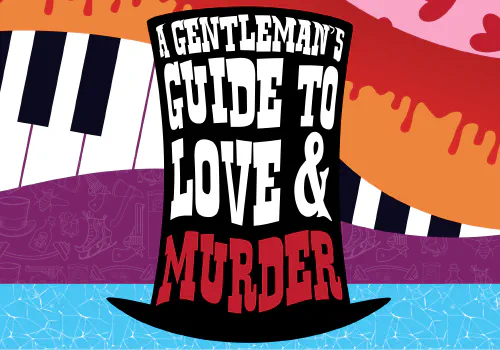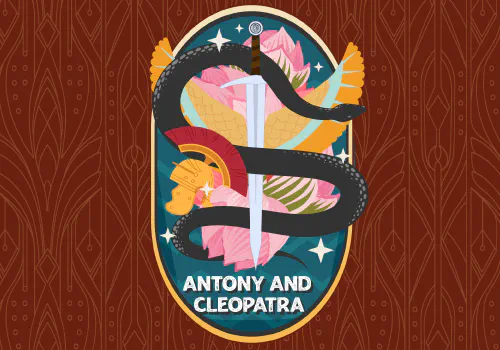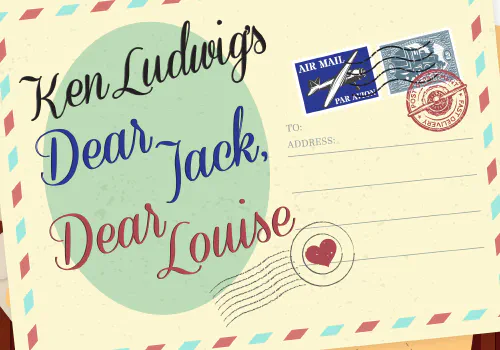OBJECTIVE
Students will choreograph and perform a stage combat movement-based piece while demonstrating safe practice of partnered movement. Students will explore physical movement combined with performative text.
INTENDED AUDIENCE
4th grade – 12th grade
TIME
60 minutes
MATERIALS
OUTLINE
Share with the students that stage combat requires clear communication and physical control with our scene partners. We will be creating combat pieces that will require trust and physical specificity. The exercises that we will be exploring will teach us about kinesthetic connectivity.
-
CIRCLE CLAP
Have the students stand in a circle. The instructor turns to the student on the right. They make eye contact and clap their hands at the same time. That student then turns to their right and passes it on until it has come all the way around. Make sure they don’t talk about it before they clap. Repeat with emphasis on speed. Increase the speed but keep the connection.Questions for the students: Ask: Why do we play this game? Major points. In a stage fight it is important to be able to communicate with our partner, but we can often only use our eyes. Partners give each other eye contact when ready to execute moves. Why were we able to go faster? Because we knew the choreography and were ready. Once partners make that connection they must go, no waiting. The clues for movement come from our partners within the circle.
-
STABBITY STAB STAB STABDivide the group into partners and spread out across the room. All raise their left hands, make it into a fist and place it behind their back where it will stay. Raise right hands, have first two fingers together extended. The object is to touch partner with the stabber (two fingers on right hand) in the left shoulder and only there. No blocking, only dodging. Touch partner before they touch you. Keep playing, not one and done. Have switch to new partners throughout the exercise. Now do the same moves, but slow motion, emphasis on your movement.
Lesson debrief: Ask the students? Who thinks they won? Who thinks they lost? So the game was touch your partner on the shoulder. No instructions given ever said if you touch first you win or if you are touched first you lose- students made that up by themselves. You all grounded yourself and found your center. Demonstrate dropping of center into engaged fighting position. This is place we fight from. That is stage combat- imaginary circumstances with real body engagement.
-
IMAGINATION WALK (similar to Viewpoints)
Group walks randomly around the space avoiding each other and obstacles. Have students walk as if they are on the moon. Ask them to observe for themselves how this feels different in their bodies. Then back to normal walking. Then walking as if Jello were all around them. What does that feel like? Ask to say what flavor their jello is (helps make their imaginations more active by being specific). Back to normal walking. Come to circle.Lesson debrief: Ask how the moon walk was different than normal walking. Ask how Jello was different than the moon walk? When engaging in stage combat slow motion is called half speed. Note how both are slow, but moon requires little body engagement. We want to work in Jello slow motion because it is more like how our bodies are in regular speed and teaches our muscles proper engagement. Remember that feeling.
-
STAGE COMBAT IDEAS
Today we’re breaking stage combat down to 3 important points:1- It must be Safe. No stunt doubles, no understudies. Our fights must be able to be safely repeated over 200 times! Introduce “Hold!”-When instructors say “hold” students will repeat word, freeze, and be quiet.
2- Stage combat should look Cool. It can’t look fake or be boring. Must be exciting for audience to enjoy it and believe it.
3- Stage combat must tell a Story- it’s not just cool moves, a good stage fight tells a story. It tells us something about characters, moves plot, or even just has a story arc through the fight.
-
THE SOUNDS OF VIOLENCE
One major way we tell good stories is through sounds. What sound do you make when you get punched in the stomach? Ask students to demonstrate that sound. What sound do we make when we stub our toe? Have the students demonstrate that sound. We will be incorporating various sounds as we engage in our combat. -
AIR BROADSWORDS
Explain about the weight of a Broadsword. It is similar to a 25 pound baseball bat. Demonstrate picking up a watermelon, throwing it into the air and cutting it in half, in slow motion, like jello, with great weight. Have the entire class, individually and simultaneously as a group, pick up a watermelon and cut it in half in the air with your 25 pound baseball bat.Have the entire class face the teacher as the instructor and demonstrate blocks. Students will demonstrate blocks while instructor attacks them simultaneously as a group.
The students block the following attacks with their invisible air broadsword.
1- Shoulder
2- Shoulder
3- Hip
4- Hip
5- Head Cut
Students then attack the instructor simultaneously as a group while you block them.
Partner work:
Divide the students into pairs, assign one to be A and the other to be B.
A’s will attack Bs. Walk them through each step: 1, 2, 3, 4, 5, with students blocking the attacks. B’s then attack A’s. Call out again 1, 2, 3, 4, 5.
Rehearse, create large dramatic moments with each hit.
-
THE BATTLE
Students will move to opposite sides of the room, A’s and B’s, in slow motion counts of 8 students will move across the space in slow motion and engage in battle.8 counts- move to your opponent
8 counts-circle around one another and define your fighting space
Fight in 5 counts A’s attacking B’s.
Fight in 5 counts B’s attacking A’s
B’s kill A’s, slow motion 8 count death
B’s mourn or triumph in slow motion 8 count moment over the A’s body
(repeat) with A’s killing B’s.Add great acting moments.
It is important to add that life and death have consequences. Adding a moment when the B’s realize that they have just hurt their best friend and so they mourn creates some wonderful staged moments.
ASSESSMENT
Shakespeare Fight Scenes
With a scene partner, the students will choreograph and stage an air broadsword scene utilizing the Shakespeare Fight Scenes for their script.
Emphasize the importance of specificity, weight, slow-motion and communication with your scene partner.










